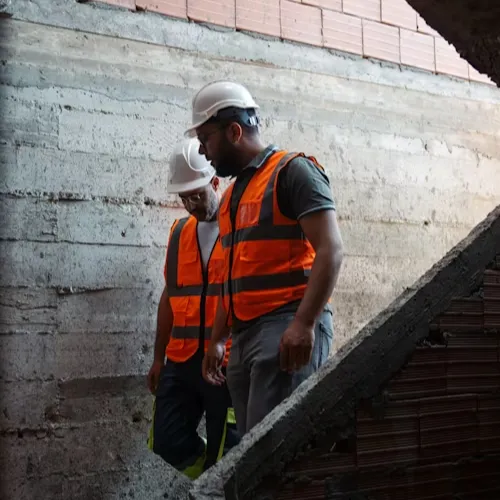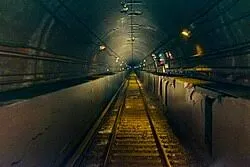
A major infrastructure upgrade is underway beneath the East River in New York City, where Amtrak has officially launched its $1.6 billion rehabilitation of the East River Tunnel. The project, announced on May 27, targets the long-deferred repairs of two tunnel tubes severely damaged by saltwater flooding during Hurricane Sandy in 2012 and seeks to modernize the century-old system for the next 100 years of rail service.
“The East River Tunnel is a critical link on the Northeast Corridor, the country’s busiest passenger rail line,” Amtrak stated, emphasizing the tunnel’s strategic role in connecting millions of riders traveling between Washington, D.C., and Boston each year. The overhaul is part of Amtrak’s larger plan to tackle infrastructure weaknesses that have been magnified by increasingly extreme weather events.
Built in 1910, the East River Tunnel comprises four tubes running between Manhattan and Queens. Two of the tubes sustained extensive damage when Superstorm Sandy pushed saltwater into the aging infrastructure more than a decade ago, compromising structural elements and electrical and signal systems that had already been strained by age and overuse.

Construction work is being spearheaded by a joint venture between Skanska and E-J Electric Installation Co., firms headquartered in Stockholm and New York City, respectively. The joint venture will fully demolish the interior systems of the two affected tubes down to their concrete liners, then rebuild them from the ground up. “A Skanska and E-J Electric Installation Co. joint venture…is the construction contractor. The team will demolish all existing tunnel systems down to the concrete liner, then completely restore two tubes,” Amtrak confirmed.
Supporting the construction efforts is a team led by STV of New York City and Naik Consulting Group PC of Edison, New Jersey. Together, they will manage construction oversight, scheduling, documentation, budgeting, and community engagement. Dallas-based engineering firm Jacobs was tapped to handle design duties.
Funding for the project comes largely from the federal government, thanks to the 2023 Infrastructure Investment and Jobs Act. “Work is primarily funded by a $1.26 billion Infrastructure Investment & Jobs Act grant awarded by the Federal Rail Administration in 2023,” said Amtrak. The remaining costs will be covered by project partners MTA, NJ Transit, and Amtrak itself. Additionally, a project labor agreement is in place with North America’s Building Trades Unions to support Amtrak’s civil construction work, ensuring that union labor plays a key role in delivering the upgrade.
Rehabilitation efforts will be staggered to maintain partial tunnel service. “The work will take place in one tunnel tube at a time under a full closure for maximum efficiency, beginning with Line 2,” according to Amtrak. During each phase, the remaining three tunnels will continue to carry Amtrak, Long Island Rail Road, and NJ Transit traffic. However, the temporary full closure of each tube has raised concerns from local officials.
New York leaders have urged Amtrak to minimize disruptions to commuter rail service, warning that long-term closures could severely affect operations at Penn Station, one of the busiest transportation hubs in the U.S. “New York officials recently demanded that Amtrak repair the tunnels without a full shutdown because they are concerned about impacts to rail traffic in and out of Penn Station,” CBS News reported.

In addition to rebuilding internal tunnel systems, the project includes a suite of modernizations to boost durability, safety, and operational efficiency. Key elements of the scope include:
Preliminary construction work began in 2023 at Sunnyside Yard in Queens, a major staging ground for Amtrak operations. The full rehabilitation effort is scheduled for completion in 2027.
Amtrak views the project as not only a long-overdue repair but also an opportunity to build resilience into the Northeast Corridor’s infrastructure. By upgrading the East River Tunnel now, the agency hopes to protect one of the country’s most critical transportation arteries against future climate events and decades of wear.
Originally reported by Julie Strupp in Construction Dive.